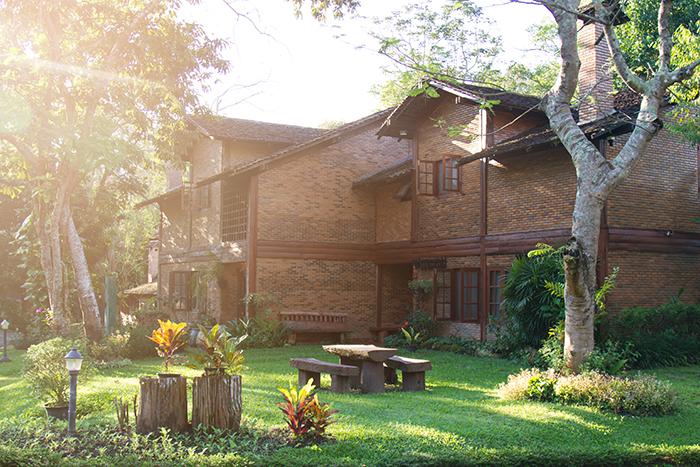
So, you or your client are interested in going green for the sake of the environment or to help save money on utility bills….or both! The problem is you, or your client, love your/their old home and have no desire to move. This may seem like an impossible situation, but there are several ways you can improve the energy efficiency in that older home:
- Schedule an energy audit. Before you panic and began making a million modifications, you should call for an energy audit on your home. You can either call your electric or gas company to see if they offer audits in your area, OR you can call (303-912-4833) or email us for recommendations so that we can point you in the right direction! Your auditor will likely do a blower door test and a thermographic scan in order to determine where air leakage is occurring. Leaks most commonly occur around attic/crawl spaces, outlets, windows, doors, chimneys, garage doors, dryer vents, window A/C units, and utility line entrances. Before your auditor arrives, be sure to make a list of problem areas in your home that you’re already aware of and have a year’s worth of energy bills printed out.
- Upgrade or replace windows and doors. As your auditor might point out, leaky windows can account for 10-15% of a home’s energy loss. And now that your auditor has helped you pinpoint the air leakage areas, you’ll probably need to add sealants to some of those door and window frames. If you have older single-pane windows (or cracked windows) you’ll want to upgrade to more modern energy-saving windows. If you were planning to replace old windows, anyhow, the cost to upgrade to energy-efficient windows is not much but may greatly increase your heat savings!
- Improve Home Insulation. Some older homes are either not insulated at all or have poor insulation, leaving pockets where air can seep in and out of the home causing terribly cold drafts in the winter and sweltering heat in the summer. Choose a smart contractor who knows the best type of insulation to use and can add it in the right locations. Correctly installed fiberglass, cellulose and most foam insulation materials can all reduce the heat conduction of the completed wall system. The key is “correctly installed.” Preferably, the contractor will use an infrared camera during or after installation to look for voids.
- Improve efficiency in your hot water system. First, turn down the temperature of your water heater to the warm setting (120°F). Second, insulate your hot water lines so they don’t cool off as quickly between uses. Third, use low-flow fixtures for showers and baths. These are simple fixes that can make a huge difference in your water bill!
- Plant a few trees. This may seem silly, but it can really help – especially if you plant them on the West side as the leaves will provide cooling shade in the summer, while the bare branches will let in the warmth of the sun in the winter. Win, win!
- Upgrade heating, cooling, and overall ventilation systems. Now that you have your home insulated better and sealed as tight as you can get it, you’ll be able to purchase smaller heating and cooling equipment, saving money. Heat recovery ventilation or energy recovery ventilation might also be an option. Retrofits are generally more challenging for installing the required ductwork for HRV installation but you can submit plans and a quote request to see if it is possible to provide fresh ventilation and save energy for the building. We’re always ready for any challenge!
- Federal tax incentives. With all these improvements you’ve just made, not only are you saving on your monthly utility bills, but you also stand a good chance of reaping cash benefits from federal programs which incentivize energy-conserving home improvements! These are available for energy efficiency upgrades to existing homes. Improvements may include building-envelope improvements (windows, insulation) and heating/air-conditioning upgrades, as well as on-site renewables (solar photovoltaic and solar hot-water systems, small wind systems and geothermal heat pumps).
If you’re interested in more ways to be kind to the environment and save money, you can check out how we can apply passive house principles to your home, church, office, apartment, library, maintenance building, or upload your plan sets so that you can reduce your energy bills to nearly nothing per month! We provide passive house services for: passive house Colorado, passive house Wyoming, and passive house Nebraska. In addition, breathe clean and easy with Airtight and Ventilation solutions at mainstreamcorporation.com we ship all over the place! We exist for the sole purpose of helping the world build healthier wealthier and wiser!

